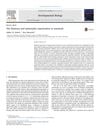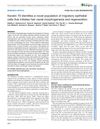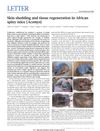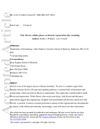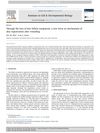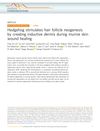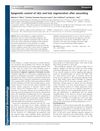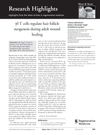An ERK-Dependent Molecular Switch Antagonizes Fibrosis And Promotes Regeneration In Spiny Mice (Acomys)
June 2022
in “
bioRxiv (Cold Spring Harbor Laboratory)
”
ERK MAPK/ERK signaling fibrosis regeneration spiny mice Acomys ERK activation ERK inhibition pro-scarring matrisome epidermal differentiation cell proliferation ERK activators FGF Neuregulin pro-regenerative matrisome hair follicle neogenesis skin regeneration MAPK/ERK scarring scarring matrisome skin differentiation cell growth Fibroblast Growth Factor regenerative matrisome hair growth skin healing
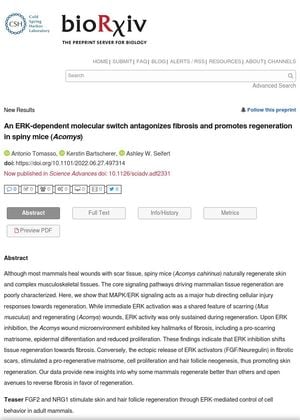
TLDR A specific molecular switch, driven by MAPK/ERK signaling, helps spiny mice heal wounds by regenerating skin instead of forming scars.
The study "An ERK-dependent molecular switch antagonizes fibrosis and promotes regeneration in spiny mice (Acomys)" reveals that MAPK/ERK signaling is a key driver in directing cellular injury responses towards regeneration. The research found that while ERK activation was common in both scarring and regenerating wounds, sustained ERK activity was only observed during regeneration. When ERK was inhibited, the wound environment in Acomys mice showed signs of fibrosis, including a pro-scarring matrisome, epidermal differentiation, and reduced proliferation. However, when ERK activators (FGF/Neuregulin) were released in fibrotic scars, it stimulated a pro-regenerative matrisome, cell proliferation, and hair follicle neogenesis, thus promoting skin regeneration. This research provides new insights into why some mammals regenerate better than others and suggests potential methods to reverse fibrosis in favor of regeneration.
